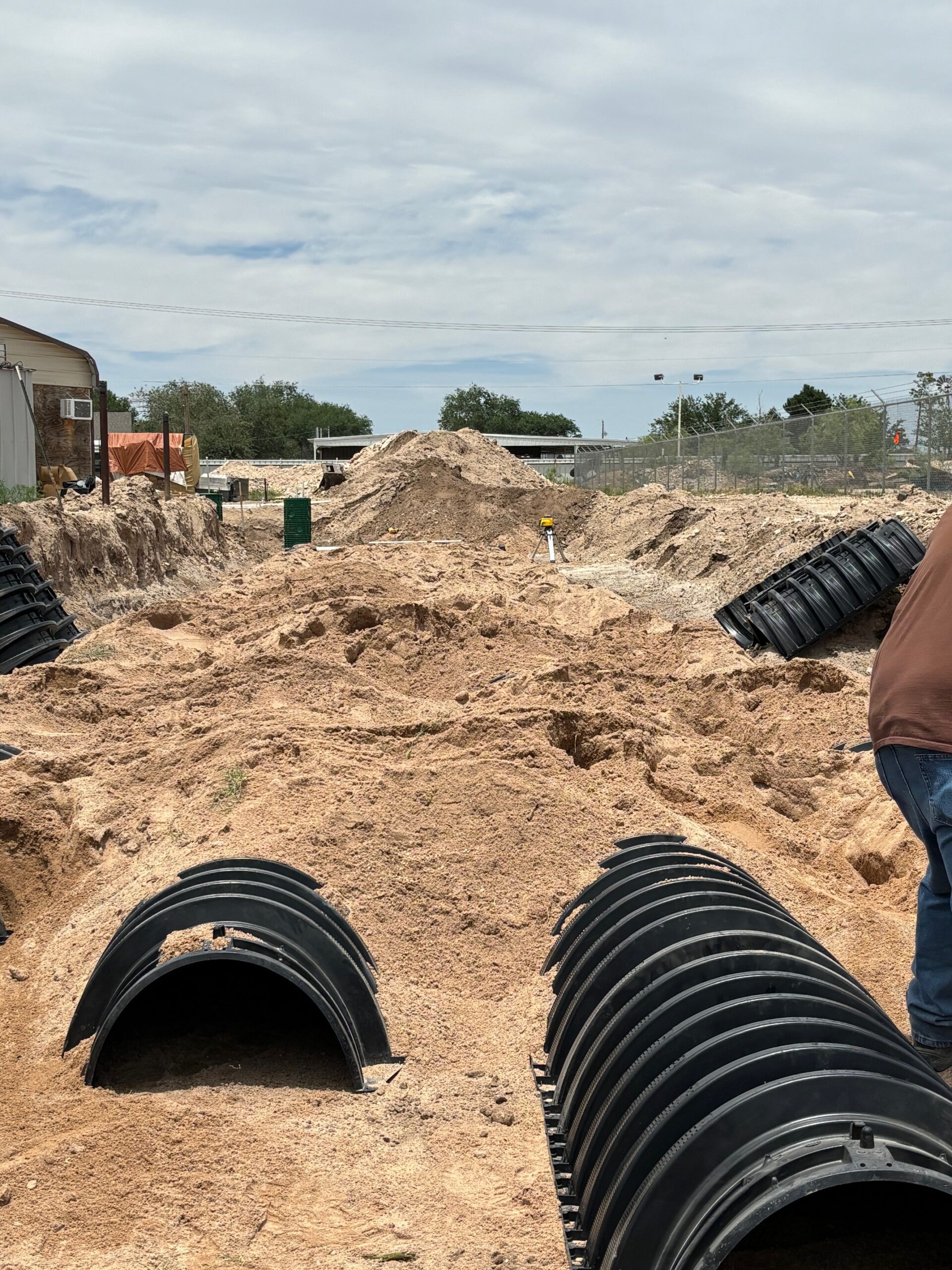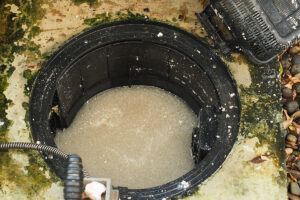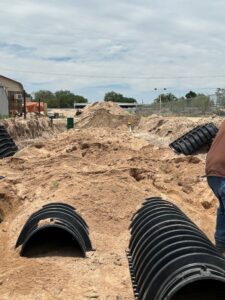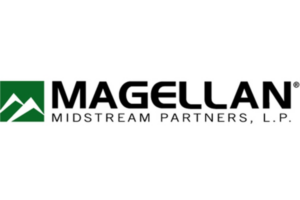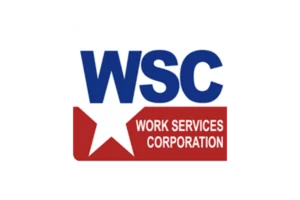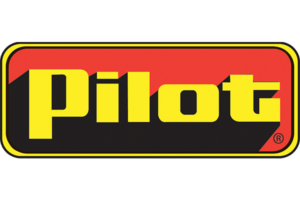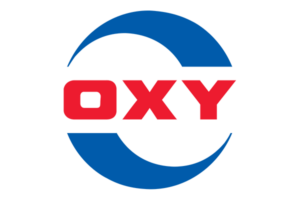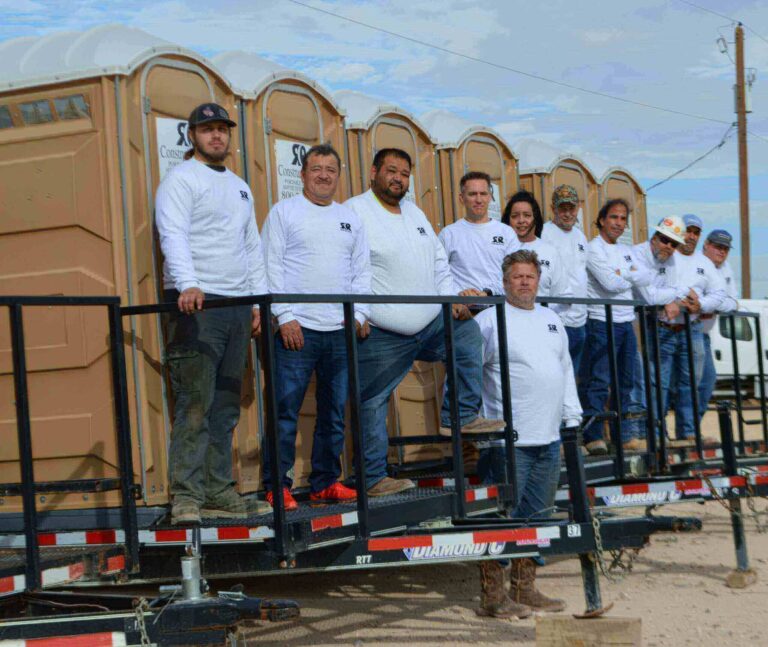R & R Waste & Septic recently completed a soil substitution septic system in an area that was not conducive to a traditional drain field. When the soil conditions do not allow for even dispersion of the wastewater, a soil substation may be a great alternative when the property is too small or owner does not want a spray system. A soil substitution system is where the native soil is removed and replaced with a suitable soil. In our client’s situation, the gravel and rock content exceeded the permissible level. Generally speaking, the native soil is dug up and removed and suitable soil is brought in. The corrected soil needs to be a soil that is suitable for an absorptive drain field to ensure that the beneficial natural filtration and treatment capabilities of the soil to dispose of wastewater is properly gained. When we install a soil substitution system, we typically use Infiltrator leaching chambers. We found the chambers hold up well and are stronger than other similar products available. However, adverse conditions such as a high-water table, restrictive horizon, poor drainage still need to be taken into account when installing a soil substation system. It is important to note that properly installing a system depends on multiple factors to include soil characteristics, location regulations, site conditions, and the availability of replacement soil. A reputable installer should be able to help you design a system and provide guidance to ensure long-term performance. If you have questions if a soil substitution would be good for your property, please contact R & R Waste and Septic to discuss further.

